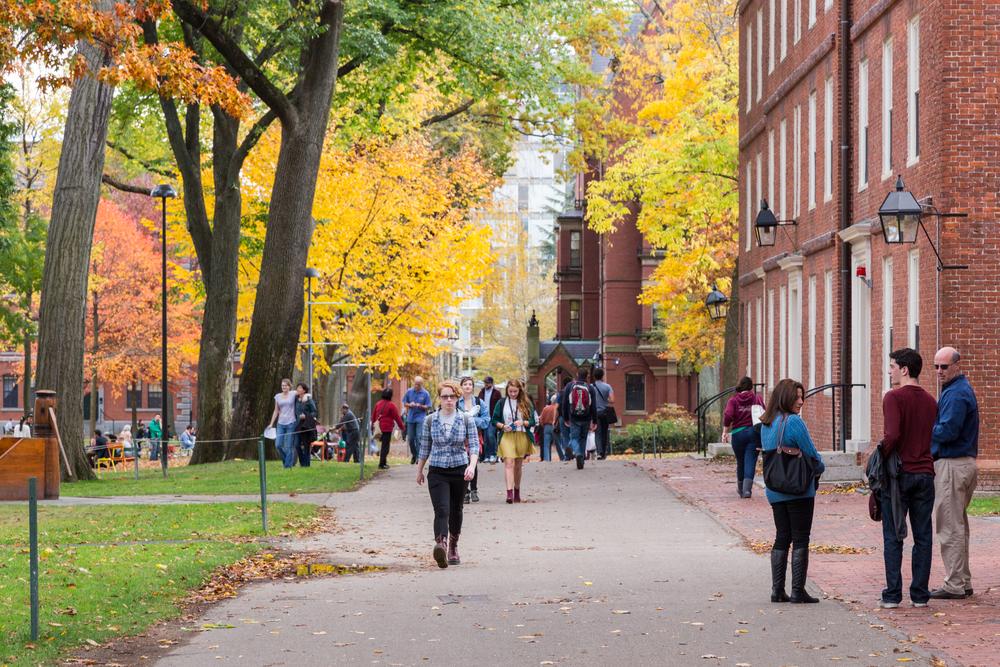News Analysis
The U.S. Supreme Court decision barring the use of race as a criterion for college admissions rights a wrong, according to proponents of the ruling, rather than perpetuating a historic injustice, as critics have claimed.

The U.S. Supreme Court decision barring the use of race as a criterion for college admissions rights a wrong, according to proponents of the ruling, rather than perpetuating a historic injustice, as critics have claimed.